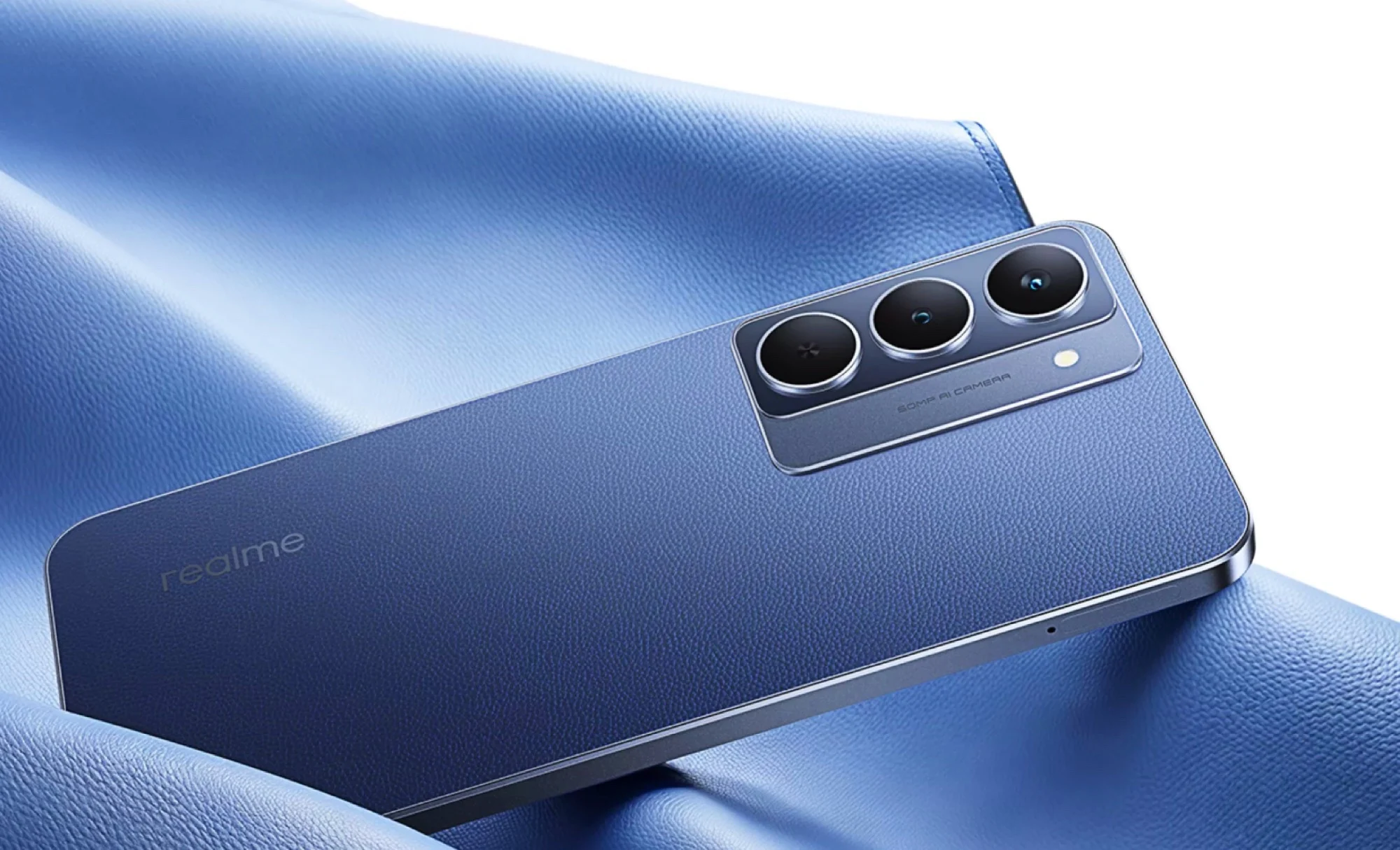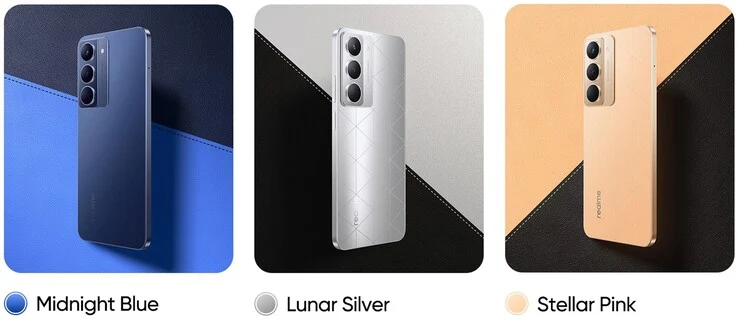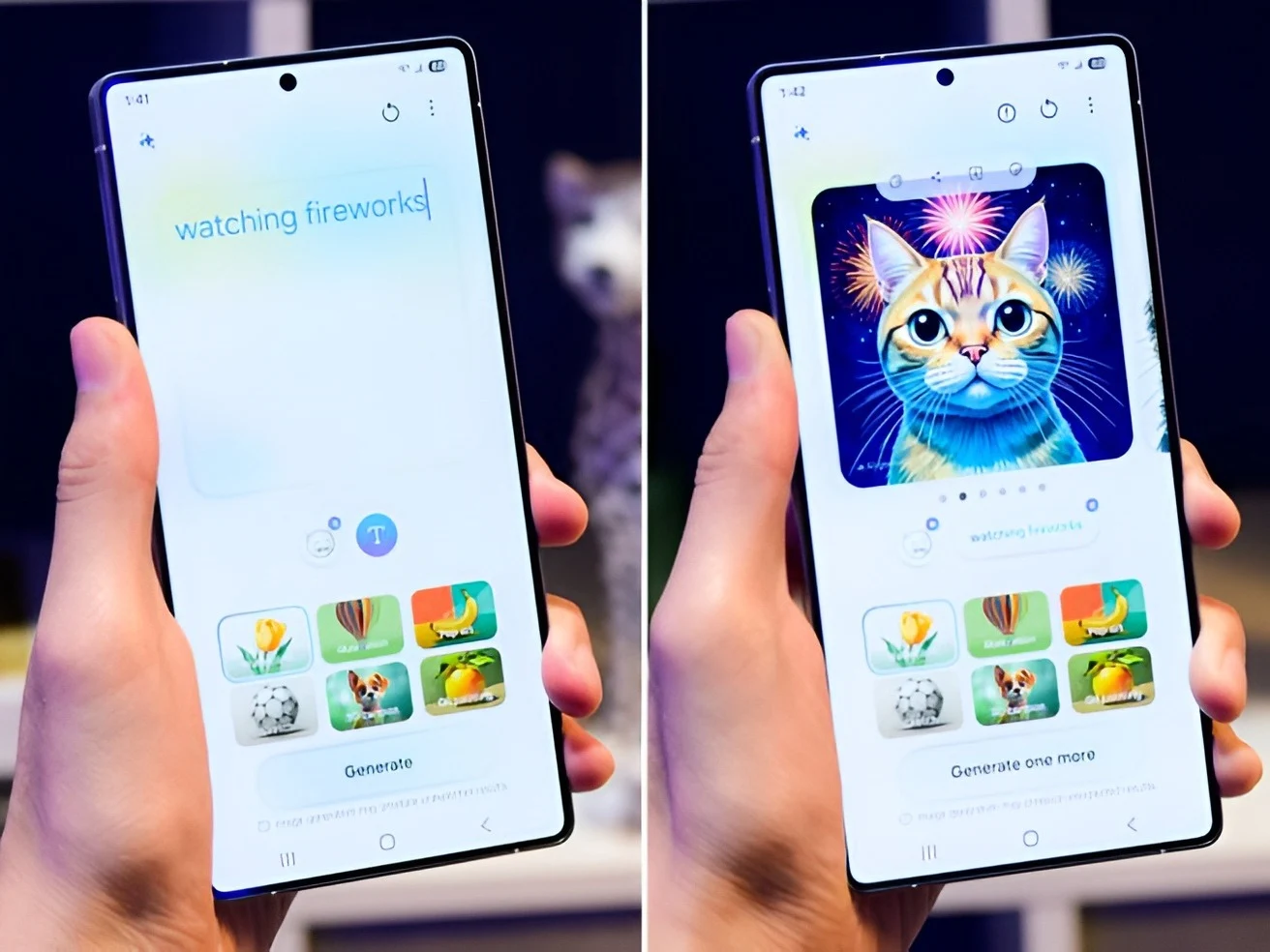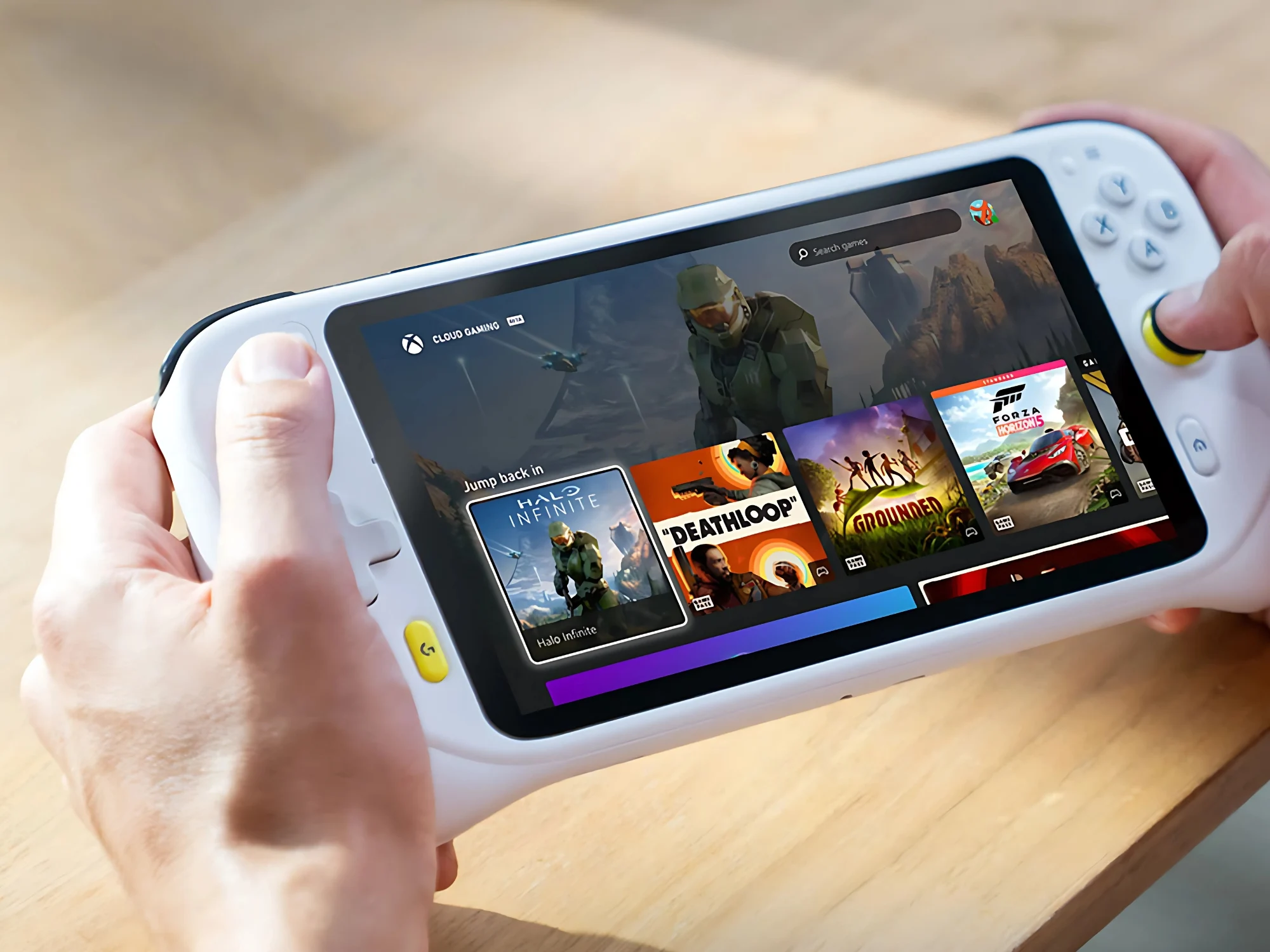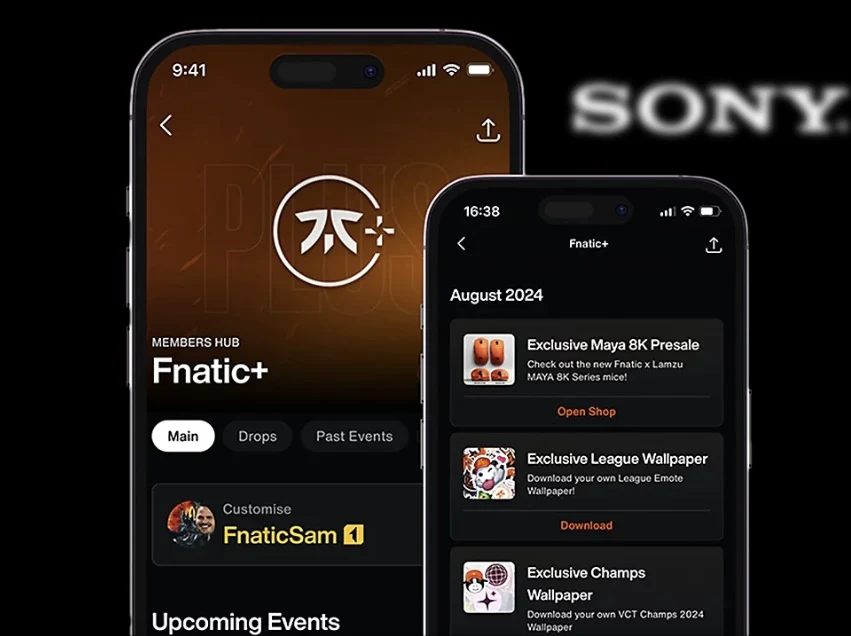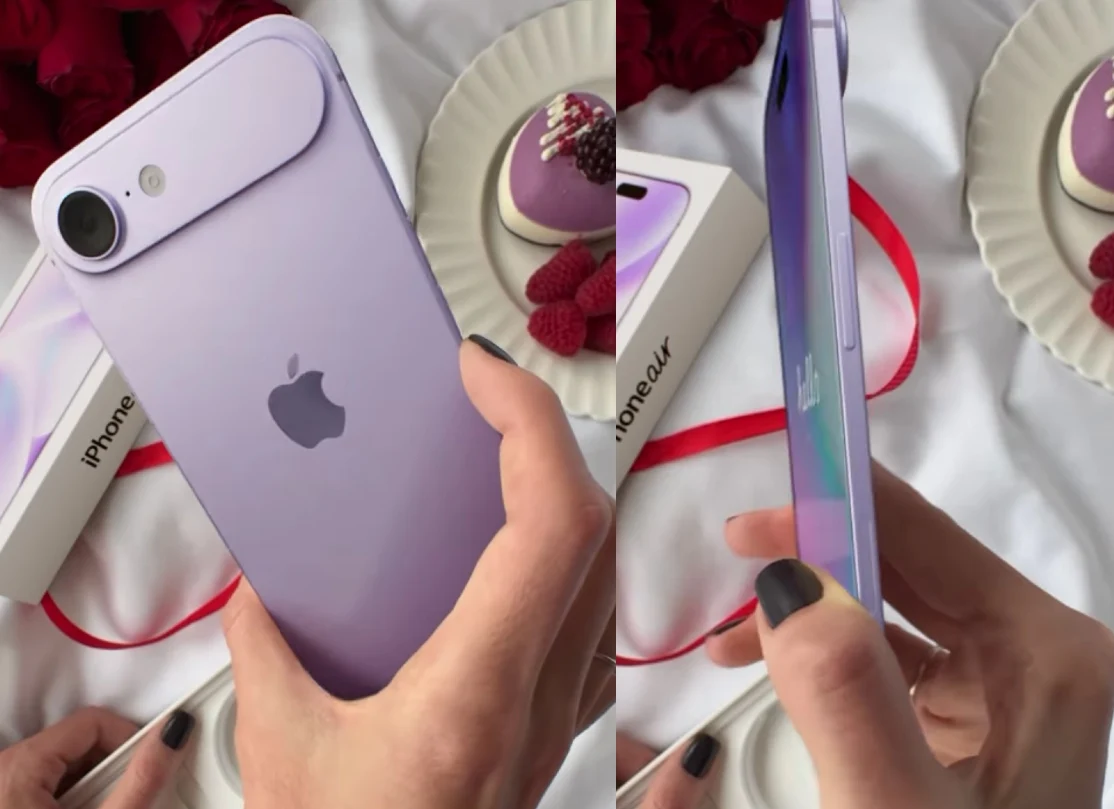Key Takeaways
1. Topaz Labs is introducing generative AI video technology to enhance low-resolution videos with realistic details.
2. The generative AI model recognizes intricate details, improving the quality of upscaled videos beyond what standard algorithms can achieve.
3. Project Starlight uses an AI diffusion model to reconstruct missing details during the video upscaling process, resulting in high-resolution outputs without artifacts.
4. The new AI feature will be available as a free research preview, allowing limited processing of clips initially, with plans for expanded features and resolutions in the future.
5. Current Video AI software is priced at $299, but specific pricing for Project Starlight will be announced later.
Topaz Labs is set to introduce generative AI video technology into its Video AI software. This new feature will enable users to enhance low-resolution videos, elevating them to higher resolutions while incorporating realistic details that match the objects within the scenes.
Understanding Generative AI
The generative AI model has been trained using a vast collection of images from the world. This enables it to recognize the intricate details that are found in reality. For instance, it understands that a cat possesses delicate whiskers near its nose. Such tiny details are typically missing in low-resolution videos, and standard upsampling algorithms fail to recreate these lost elements.
The Power of Project Starlight
Project Starlight utilizes an AI diffusion model for video, allowing it to reconstruct anticipated missing details during the upscaling process. This results in high-resolution videos that are brimming with detail. Additionally, this feature functions without artifacts, avoiding issues like incorrect object motions, which can arise when AI fails to generate realistic outcomes.
Availability and Pricing
This AI feature will be launched next week as a free research preview within the Video AI software. At first, users will be limited to processing three ten-second clips weekly at 2K resolution for free, while longer clips, up to five minutes in duration, will incur a fee. Eventually, the complete feature set, which will include the ability to output at 4K resolution, will be made available.
Currently, the Video AI version 6 is priced at $299, but details about the pricing for the new Project Starlight will be announced later.
Source:
Link






